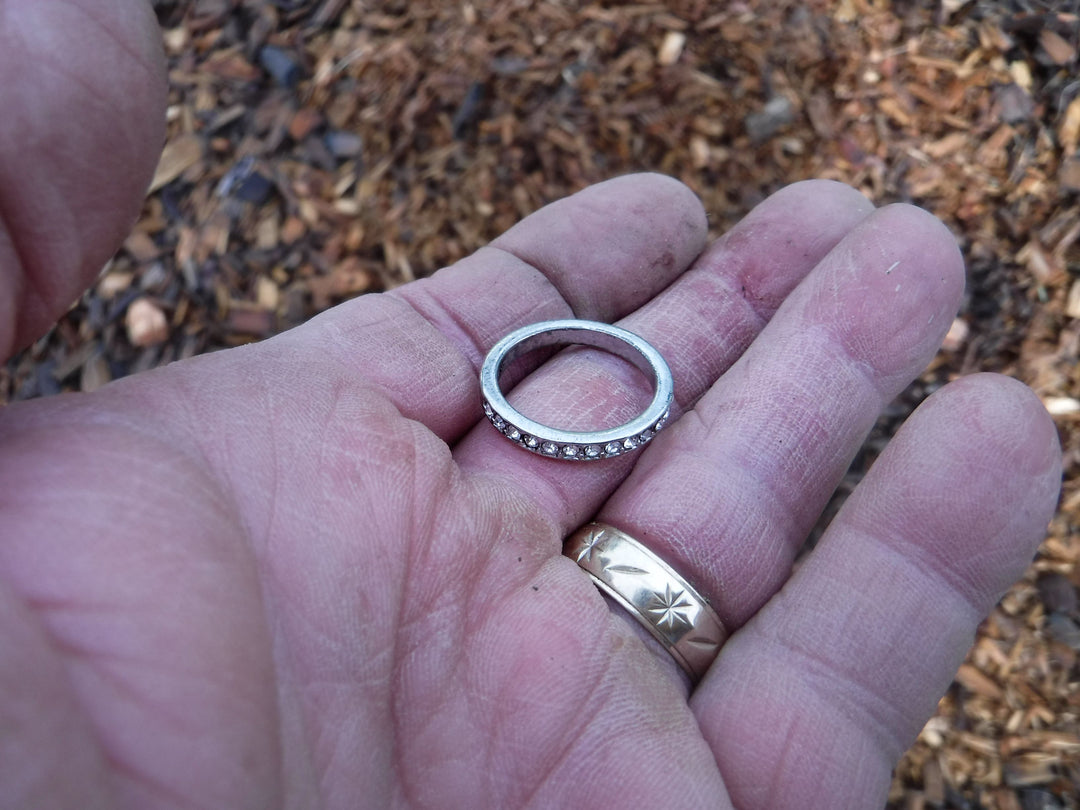The Essential Guide to Pinpointers in Metal Detecting
Introduction
Metal detecting is an exciting hobby that has captivated enthusiasts around the world. When it comes to locating and recovering targets, the role of a pinpointer cannot be overstated. In this article, we will delve into the inner workings of pinpointer devices, their importance in metal detecting, and how to effectively utilize them to enhance your treasure-hunting experience.
Understanding the Functionality of Pinpointers
At its core, a pinpointer is a miniaturized metal detector that operates using low-frequency radio waves. It transmits a signal over the air, and when the signal encounters a metallic object, it is obstructed. The receiving circuit of the pinpointer detects the bounced-back signal, providing information on the size, depth, and characteristics of the target. By analyzing the returned signal, treasure hunters can gain valuable insights before commencing the digging process.
The Synergy between Pinpointers and Metal Detectors
Pinpointers and full-sized metal detectors work hand in hand to optimize target localization. While metal detectors excel at identifying targets, pinpointer devices allow for precise pinpointing. The larger search coil of a metal detector covers a wider area to detect targets, while a handheld pinpointer can zero in on the exact location of the identified target. This harmonious relationship between the two tools significantly enhances the efficiency and accuracy of the treasure-hunting process.
Determining the Detection Depth of Pinpointers
Contrary to popular belief, deeper detection is not always preferable when it comes to pinpointing targets. Many modern pinpointer models offer adjustable depth or sensitivity settings to cater to specific requirements. While the depth capabilities may vary among different devices, on average, a pinpointer can detect coin-sized objects within a range of 1 to 2 inches. By utilizing the low sensitivity setting, users can narrow down the target location within a quarter inch, while the high sensitivity setting extends the range to 2-3 inches.
The Necessity of Pinpointers in Metal Detecting
Despite the advanced features incorporated in modern metal detectors, the addition of a handheld pinpointer remains indispensable. While metal detectors excel at target identification, the compact size and precise functionality of a pinpointer make it ideal for locating targets within dug holes. Pinpointers allow users to isolate targets on various surfaces of the hole, aiding in efficient and safe recovery.
The Significance of Pinpointers
Experienced treasure hunters widely acknowledge the pinpointer as an invaluable tool in their arsenal. Its ability to provide an accurate target location within a hole significantly expedites the recovery process. If you have never utilized a pinpointer before, you will quickly realize its immense value and wonder how you managed without it. Many enthusiasts consider the pinpointer to be the most critical tool in their metal-detecting endeavors.
Conclusion
Pinpointers play a vital role in the realm of metal detecting by enhancing the accuracy, efficiency, and safety of target recovery. These handheld devices complement full-sized metal detectors and allow treasure hunters to precisely locate targets within dug holes. With their adjustable depth settings and compact form, pinpointers have become an indispensable tool for enthusiasts around the world. Incorporating a pinpointer into your metal-detecting toolkit will undoubtedly elevate your treasure-hunting experience and increase your chances of unearthing hidden gems.





